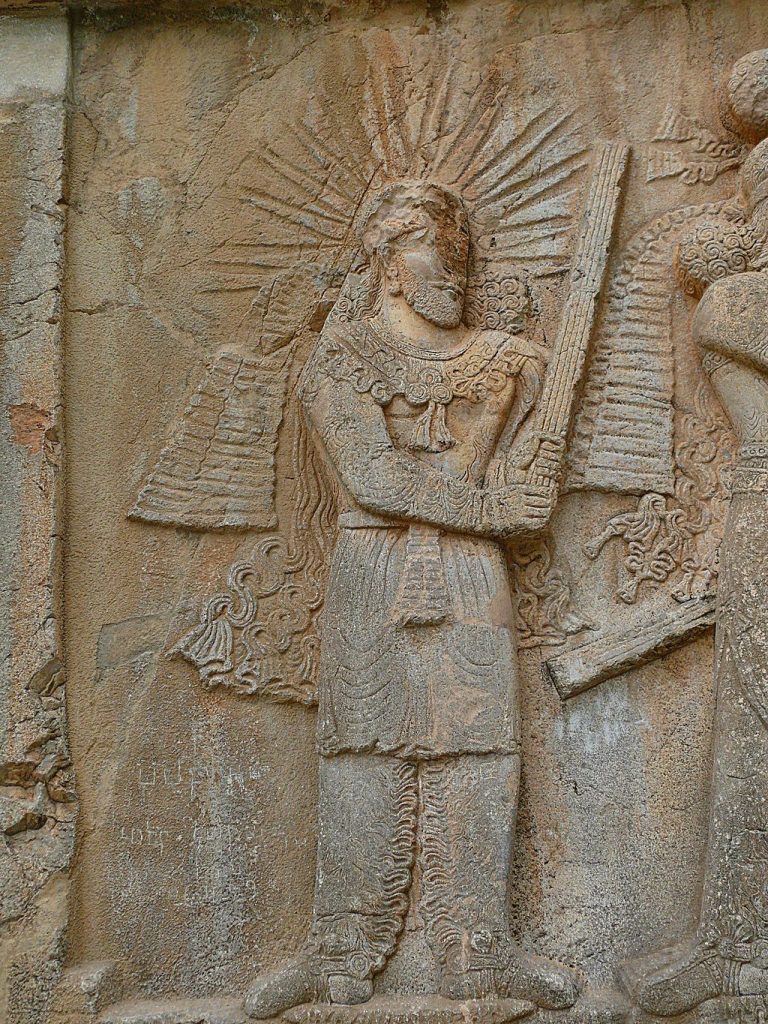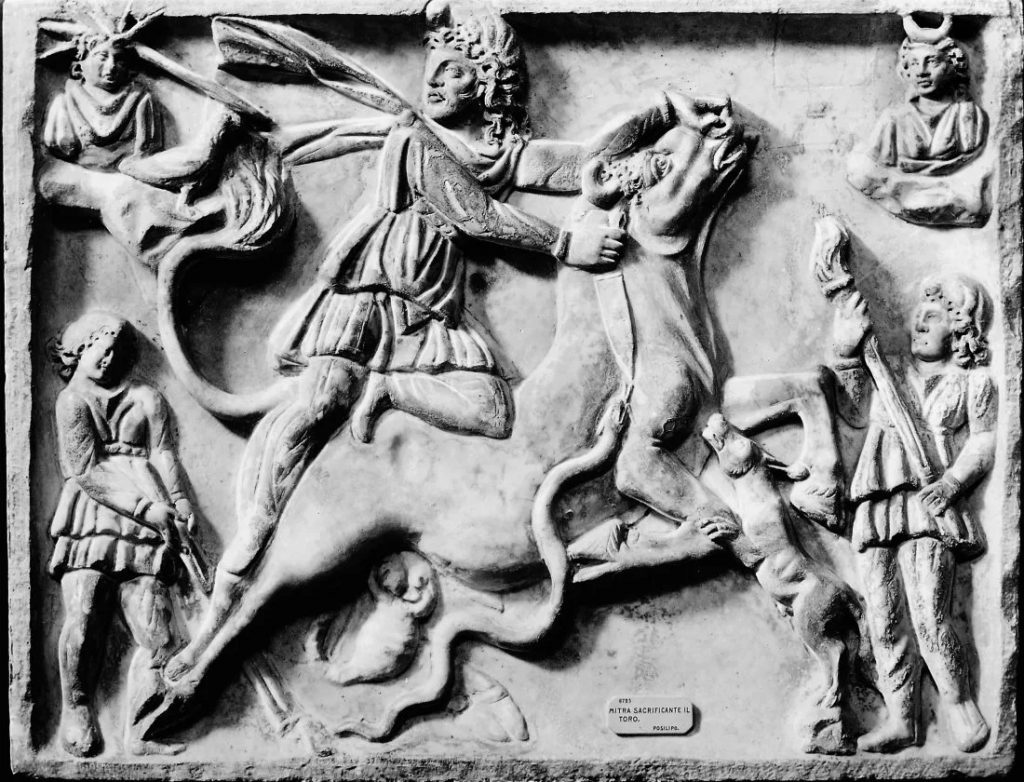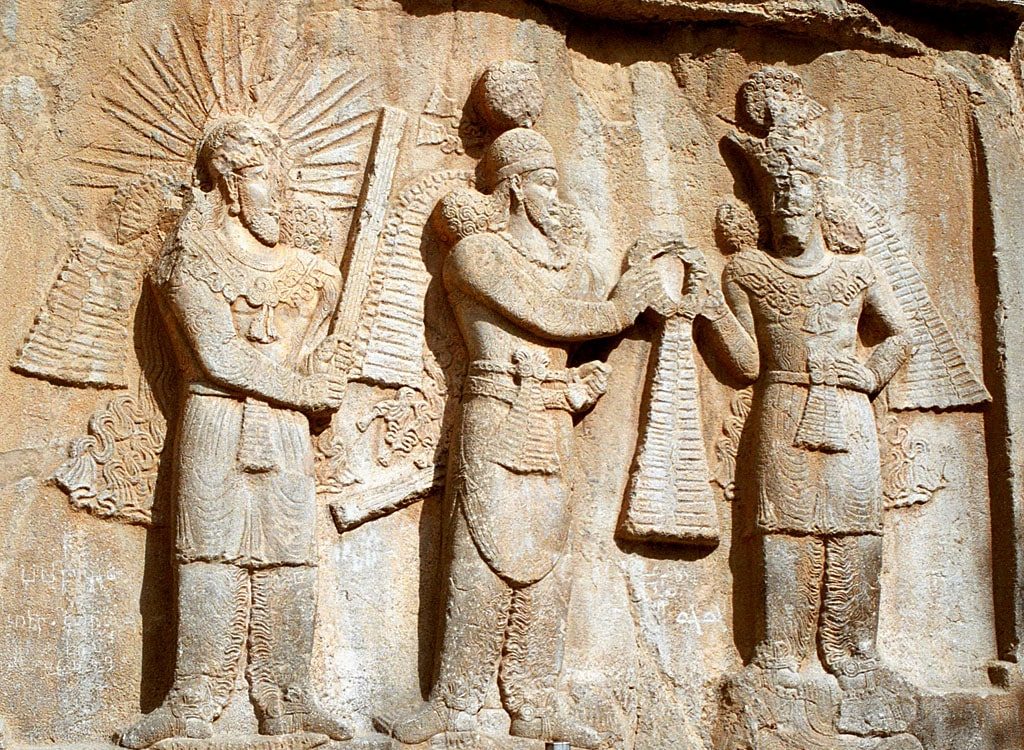Mithra, a prominent figure in the ancient world, was a god of the sun, agreements, and moral order. Worshipped from the Persian Empire to India, and even across the Roman Empire, Mithra’s influence spanned centuries and cultures. But who was Mithra, and why has he remained a significant symbol for so long?
A God of Indo-Iranian Origins
Mithra was a shared deity between the Iranian and Indo-Aryan peoples. In Sanskrit, the word Mitra means “friend,” while in Persian it carried meanings of “agreement” and “alliance.” He was not just a god of light but one deeply connected to moral codes, truth, and the balance of natural forces.
The earliest written mention of Mithra can be traced back to a 14th-century BC treaty between the Hittites and Mitanni, where oaths were sworn in the name of Mithra. This highlights the importance of Mithra not only as a mythological figure but also as a symbol of political power and agreements.
Mithra in the Avesta: Protector of Contracts
In the sacred Zoroastrian texts, the Avesta, Mithra takes on the role of the god who oversees “contracts” and “agreements.” Here, Mithra represents not only physical light but also the moral light guiding human behavior. He is a protector of those who follow the path of truth, known as asha, and a fierce warrior against the powers of darkness.
Mithra is often depicted alongside the goddess Anahita, who represents the life-giving waters. Together, they symbolize a cosmic balance between light, water, and moral order.

From the Achaemenid Empire to Rome: The Spread of Mithra
After the decline of Zoroastrian influence, Mithra regained prominence during the Achaemenid Empire (550-330 BC). Early Achaemenid inscriptions mention only Ahura Mazda, the supreme god, but later texts also invoke Mithra and Anahita, asking for blessings upon the royal family and the empire.
Mithra was seen as the god who bestowed farr (divine grace) upon rulers. If a king strayed from righteousness and broke sacred contracts, this divine grace was withdrawn and given to someone more worthy. Mithra was, thus, a legitimizing force for kingship and rule.
A Warrior God: Mithra’s Iconography
Mithra is commonly depicted riding in a chariot pulled by white horses, armed with silver spears, golden arrows, daggers, and his most iconic weapon: a mace. As the god who controls cosmic order, he also had the power to grant or withdraw the right to rule.
His image conveys not only his warrior aspect but also his role as a guardian of divine justice and harmony in the world.

Mithras Cult in Rome: Influence Beyond Persia
Mithra’s influence didn’t remain confined to the East. Roman soldiers, influenced by their Eastern campaigns, adopted elements of Mithraism. The Mithras Cult became widespread in the Roman Empire, particularly among soldiers, though it did not retain any direct connection to the original Persian religion.
Despite the differences, Roman Mithraism shared many features with Persian Mithra worship, including the focus on light, cosmic justice, and the importance of secret rites.
A Hymn to Mithra from the Avesta
To conclude this exploration of Mithra, we share a passage from the Avesta, as translated by the famous Iranian scholar Ilya Gershevitch. This hymn praises Mithra’s attributes and power:
“The one whose words are true, the challenger, with a thousand ears, with ten thousand eyes, tall, powerful, ever awake… The guardian of the pastures where the horses of warriors bow to, the source of strength for teams, health for themselves, vigilance against enemies, and the ability to defeat enemies… We worship Mithra, the immortal swift rider, who approaches Har’s supernatural light and first conquers the golden-tipped mountain…”
These words describe Mithra as a divine warrior who is ever-watchful, just, and a protector of those who honor truth.
Mithra’s Enduring Legacy
Mithra was more than just a god of the sun — he was a god of moral law, covenants, and justice. From Persia to Rome, his worship evolved, but his central themes remained constant: the pursuit of truth, protection of the righteous, and the enforcement of cosmic balance. Mithra’s influence lives on today, not just as a religious symbol but as a cultural icon.
Source: Tehran (Acta Iranica 17) Gershevitch, Ilya. (1967)
Curtis, Against Persian Myths. University of Texas Press, 1993.
Britain
Cover Photo: Deposition of the Sassanid emperor Ardashir II (3rd century AD bas-relief at Taq-e Bostan, Iran. On the left stands the yazata Mithra with raised barom, blessing the scarf. Wikipedia )





